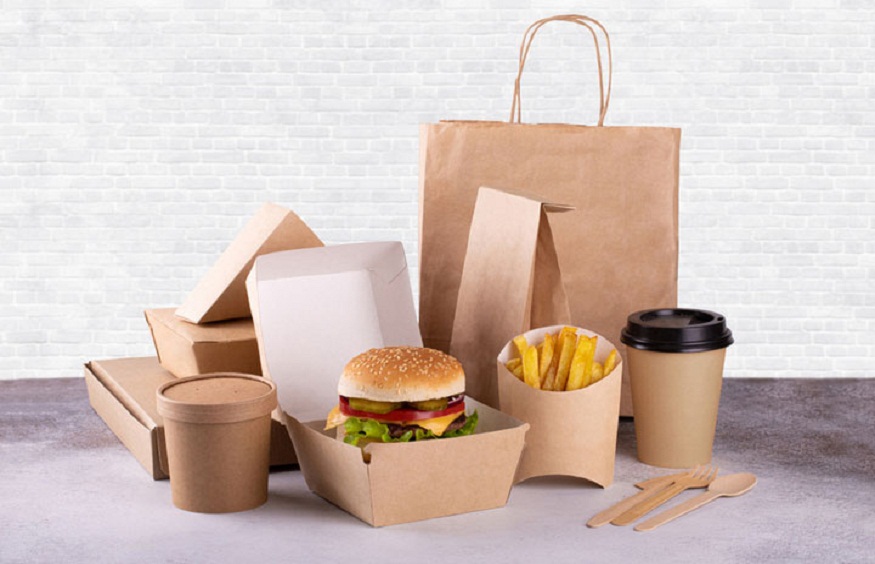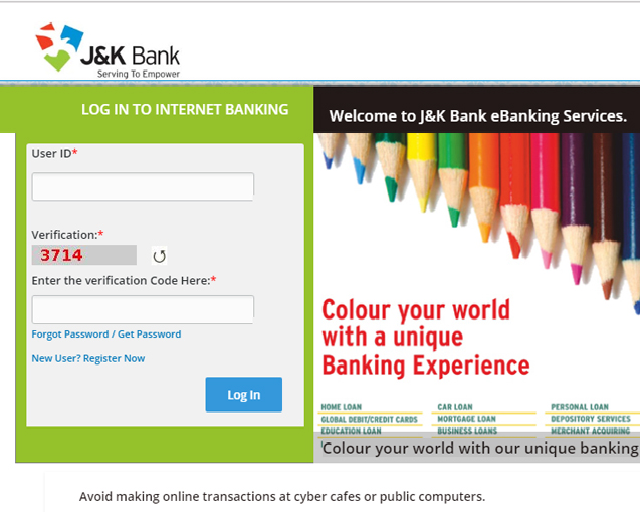The Best Materials for Eco-Friendly Food Packaging Containers
 In an age where environmental sustainability is paramount, the food packaging industry is undergoing a significant transformation. Traditional plastic packaging is increasingly being replaced by eco-friendly alternatives that minimize waste and reduce environmental impact. Choosing the right materials for food packaging containers is essential for businesses looking to align with sustainable practices while ensuring food safety and quality. This article explores the best materials for an eco-friendly food packing container, highlighting their benefits and suitability for various applications.
In an age where environmental sustainability is paramount, the food packaging industry is undergoing a significant transformation. Traditional plastic packaging is increasingly being replaced by eco-friendly alternatives that minimize waste and reduce environmental impact. Choosing the right materials for food packaging containers is essential for businesses looking to align with sustainable practices while ensuring food safety and quality. This article explores the best materials for an eco-friendly food packing container, highlighting their benefits and suitability for various applications.
1. Paper and Cardboard
Paper and cardboard are among the most widely used materials for eco-friendly food packaging. They are biodegradable, recyclable, and made from renewable resources, making them an excellent choice for environmentally conscious businesses. Kraft paper, in particular, is known for its strength and durability, making it suitable for a variety of food items, from baked goods to takeout containers.
Moreover, paper packaging can be produced from recycled materials, further reducing its environmental footprint. It decomposes naturally within months, unlike plastic, which can take hundreds of years to break down. However, it’s essential to ensure that paper products are sourced from sustainably managed forests to mitigate deforestation concerns.
2. Plant-Based Plastics
Plant-based plastics, also known as bioplastics, are made from renewable resources such as corn starch or sugarcane. These materials can be compostable or biodegradable, providing a more sustainable alternative to traditional petroleum-based plastics. Plant-based plastics are suitable for various applications, including containers for salads, sauces, and ready-to-eat meals.
The production of plant-based plastics typically results in lower carbon emissions compared to conventional plastics. However, it’s crucial to verify that these materials meet food safety standards and are disposed of correctly to ensure they decompose effectively.
3. Glass
Glass is a highly sustainable material that is both reusable and recyclable. It does not leach harmful chemicals into food or beverages, making it a safe option for packaging various products, including sauces, jams, and beverages. Glass containers can be reused multiple times without degrading in quality or safety.
While glass is heavier than plastic and may have higher transportation costs due to weight, its recyclability makes it an attractive option for eco-conscious consumers. Additionally, glass has a long shelf life and excellent barrier properties that help preserve food freshness.
4. Metal
Metal packaging, particularly aluminum and tinplate, is another eco-friendly option for food containers. Metal is highly recyclable; recycling aluminum saves up to 95% of the energy required to produce new aluminum from raw materials. This energy efficiency makes metal packaging an environmentally friendly choice.
Metal containers are commonly used for canned goods and beverages due to their durability and ability to protect contents from light and air exposure. However, it’s essential to ensure that metal packaging is free from harmful coatings or linings that could compromise food safety.
5. Compostable Materials
Compostable packaging materials are designed to break down into organic matter in a composting environment. These materials can be made from various sources, including plant fibers like sugarcane bagasse or bamboo. Compostable containers are ideal for single-use applications such as takeout boxes or disposable plates.
These materials not only reduce waste but also contribute nutrients back into the soil when composted correctly. Businesses should educate consumers on proper disposal methods to maximize the environmental benefits of compostable packaging.
6. Bamboo
Bamboo is an innovative material gaining popularity in the food packaging sector due to its rapid renewability and biodegradability. Bamboo fibers can be processed into various forms of packaging, including containers and utensils.
Bamboo packaging is lightweight yet sturdy and provides a unique aesthetic appeal that resonates with eco-conscious consumers. Additionally, bamboo cultivation requires minimal water and no pesticides, making it an environmentally friendly choice. By choosing bamboo packaging for food packing box, businesses can align themselves with growing consumer demand for environmentally friendly options while contributing positively to sustainability efforts in the food industry.
7. Rice Husk
Rice husk is a byproduct of rice milling that can be transformed into biodegradable packaging material. This sustainable option utilizes agricultural waste that would otherwise contribute to landfill waste. Rice husk containers are lightweight, durable, and suitable for hot or cold food items.
Using rice husk as a packaging material not only reduces waste but also supports circular economy practices by repurposing agricultural byproducts into valuable resources.
8. Mushroom Packaging
Mushroom packaging is an innovative solution made from mycelium (the root structure of mushrooms) combined with agricultural waste like corn stalks or wheat straw. This biodegradable material can be molded into various shapes and sizes for food containers.
Mushroom packaging decomposes naturally within weeks when disposed of properly and provides excellent cushioning properties for fragile items. Its unique production process also has a low environmental impact compared to traditional plastics.
9. Cornstarch Packaging
Cornstarch-based materials are another form of bioplastic that offers an eco-friendly alternative to conventional plastic packaging. These materials are biodegradable and can break down into natural components when disposed of in composting facilities.
Cornstarch packaging is commonly used for disposable cutlery, plates, and takeout containers due to its versatility and cost-effectiveness. However, like other bioplastics, proper disposal methods must be followed to ensure effective decomposition.
10. Recycled Materials
Using recycled materials by cup paper suppliers not only reduces the demand for new raw materials but also minimizes waste sent to landfills. Recycled cardboard and paper can be used for various applications in food packaging while maintaining quality standards.
Additionally, companies can utilize post-consumer recycled (PCR) plastics in their food containers to enhance sustainability efforts without compromising product safety or performance.
Choosing the right materials for eco-friendly food packaging containers is essential in today’s environmentally conscious market. By utilizing sustainable options such as paper, plant-based plastics, glass, metal, compostable materials, bamboo, rice husk, mushroom packaging, cornstarch-based products, recycled materials, businesses can significantly reduce their environmental impact while meeting consumer demand for responsible practices.
As the push towards sustainability continues to grow across industries, adopting eco-friendly food packaging solutions not only benefits the planet but also enhances brand reputation and customer loyalty. By prioritizing these innovative materials in their operations, companies can contribute positively to a more sustainable future while delivering high-quality products that resonate with eco-conscious consumers.



